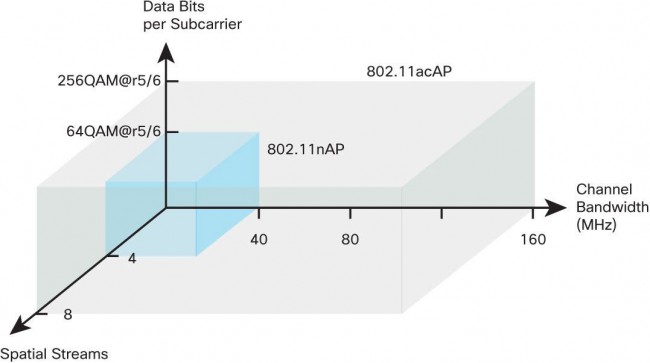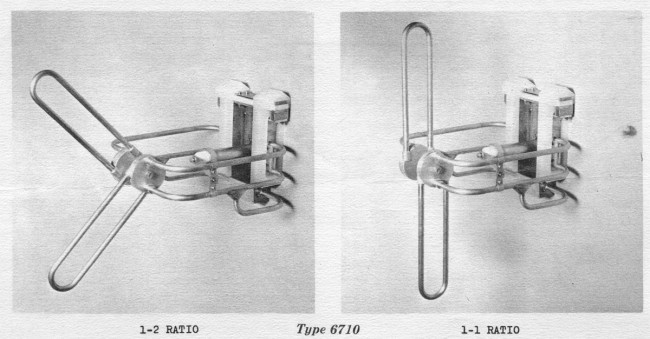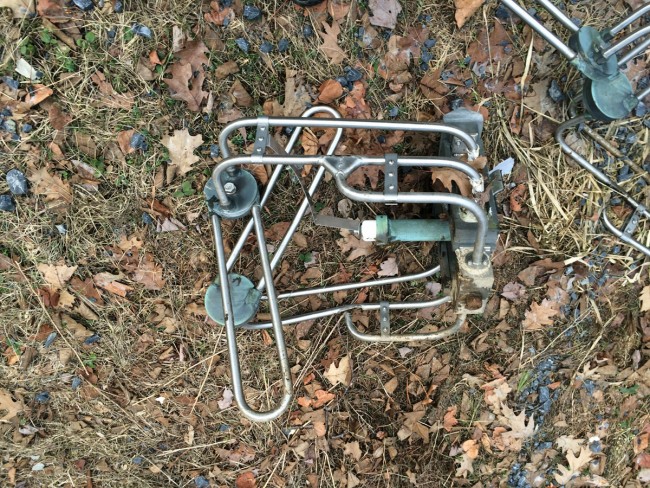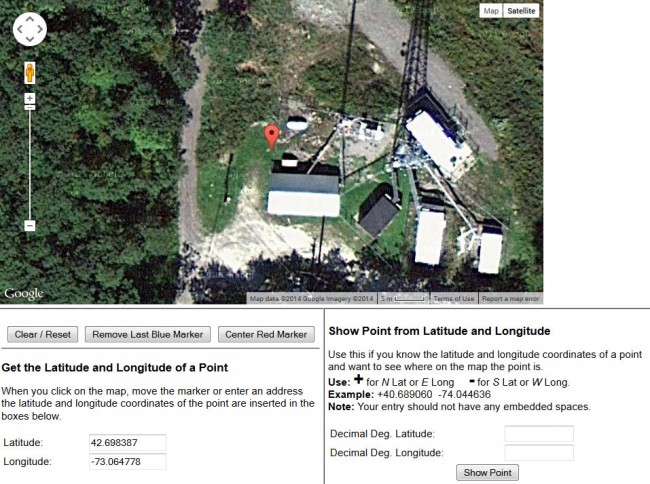The newish Nautel VS2.5 transmitter installed at WJJR had an RF module failure. This particular model transmitter does not have slide-in RF modules as other Nautel transmitters do. To fix this transmitter, it has to be pulled out of the rack, flipped over, and opened from the bottom. The module replacement is very straightforward, there are five solder pads that connect to wires carrying the input, output, power supply, and bias voltages.
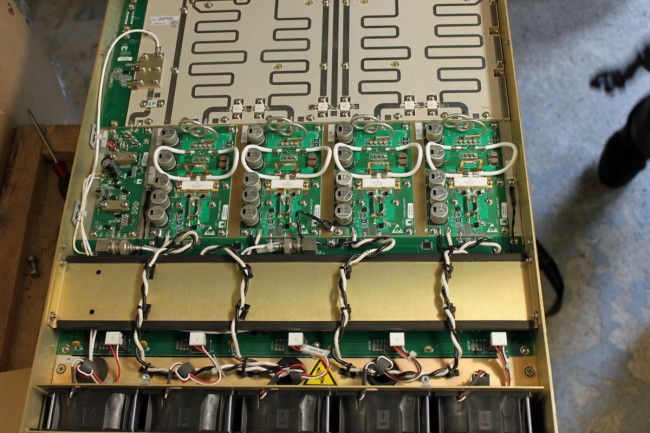
The troubleshooting guide gives good instructions on how to check the PA MOSFETS with a DVM. I found that 1/2 of the device in PA1 was bad:
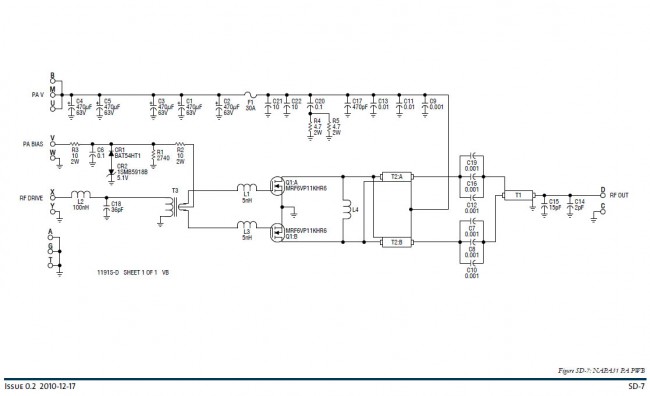
All in all, not a very hard repair. This was under warranty, so a replacement RF pallet was sent to the station without charge. The problem is more about where the transmitter is located:

Killington Peak is the second tallest mountain in Vermont, topping out at 4,235 feet (1,291 meters). In the winter, one can take the chair lift to the top. In the summer, the road is drivable with a four-wheel drive. In those in between months, access to the top can be very tricky at best. We had a pretty wet spring this year, so the roads up the mountain are just now becoming passable for vehicles.
Even after reaching the parking lot, there is still a 10 minute walk to the peak, another 200 or so feet up a steep, rocky trail.
Further complicating things, this transmitter is wedged into this little shack, which holds; a BE FM3.5A transmitter (defunct WJJR), a Harris HT3 transmitter (WZRT), an ERI combiner, two racks of equipment (STLs, Exciters, remote controls, etc) a backup QEI transmitter, an Onan generator transfer switch:
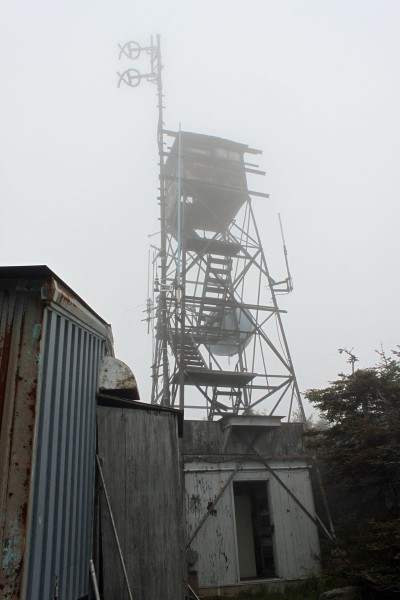
Both stations run into this ERI half-wave spaced antenna:
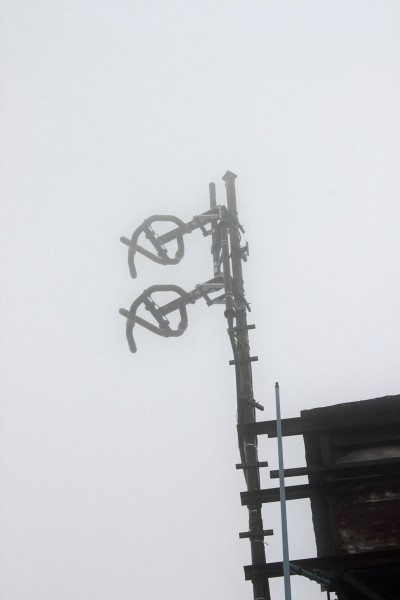
It is very tight in this transmitter room. There is a new tower on Killington Peak, which is still under construction. At some point, the plan is to move into the larger building next to the new tower.
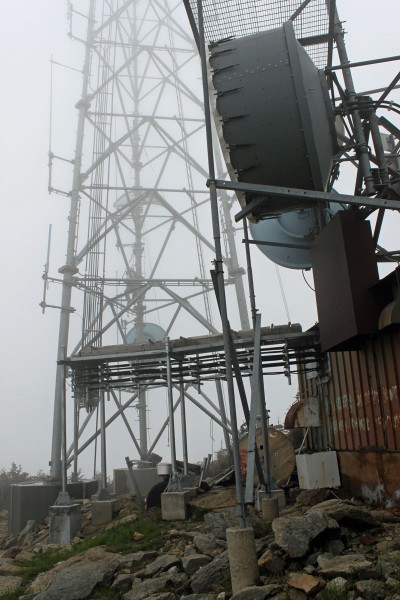
On a clear day, the view from the top is spectacular. On this day, the peak was in the clouds, so not so much:

It is a great site, the HAAT is 2590 feet (790 meters) and the stations carry forever on relatively low power outputs.

